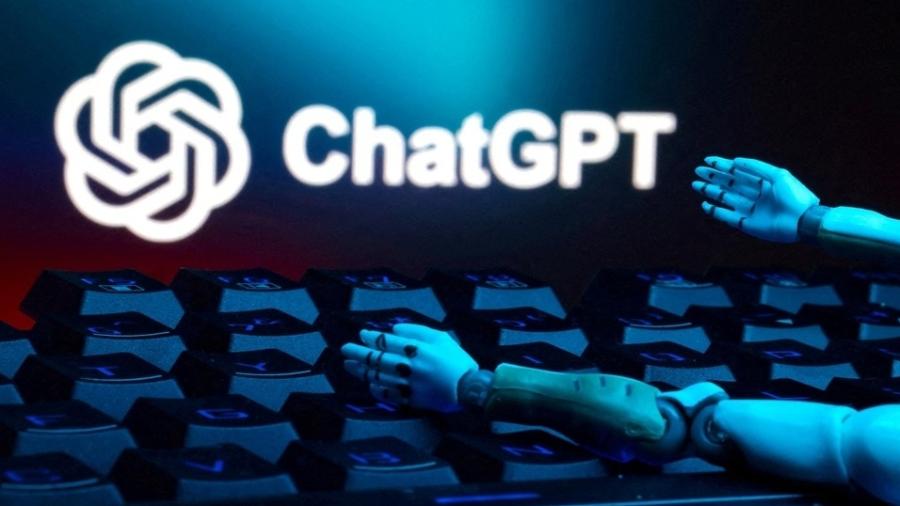Alguns Kindles não poderão mais baixar e-books; veja se o seu será afetado

A Amazon começou a distribuir e-mails para a base de clientes de seu leitor eletrônico, o Kindle, alertando que certos modelos mais antigos não conseguirão mais pesquisar, emprestar ou comprar e-books da loja Kindle a partir de 17 de agosto.
A restrição se aplica apenas a Kindles da quinta geração ou menos. O usuário ainda poderá ler livros já baixados ou adquirir novos pelo site da Amazon.
"Essa alteração afeta apenas alguns dispositivos lançados há mais de 10 anos, como Kindle International (2ª geração), Kindle DX International, Kindle Keyboard, Kindle (4ª geração) e Kindle (5ª geração)", confirma a assessoria de imprensa no Brasil. Apenas estes dois últimos modelos chegaram a ser vendidos no Brasil.
O alerta enviado pela Amazon inclui um cupom de 30% de desconto para quem quiser trocar seu aparelho pelas versões mais modernas: Kindle (10ª geração), Kindle Oasis (10ª geração) e Kindle Paperwhite (11ª geração).
A oferta vale até 9 de junho. Assim que o novo dispositivo for enviado ao cliente, ele ganhará também um crédito para adquirir e-books na Loja Kindle, aplicado automaticamente à conta registrada da Amazon.















ID: {{comments.info.id}}
URL: {{comments.info.url}}
Ocorreu um erro ao carregar os comentários.
Por favor, tente novamente mais tarde.
{{comments.total}} Comentário
{{comments.total}} Comentários
Seja o primeiro a comentar
Essa discussão está encerrada
Não é possivel enviar novos comentários.
Essa área é exclusiva para você, , ler e comentar.
Só s do UOL podem comentar
Ainda não é ? Assine já.
Se você já é do UOL, faça seu .
O autor da mensagem, e não o UOL, é o responsável pelo comentário. Reserve um tempo para ler as Regras de Uso para comentários.